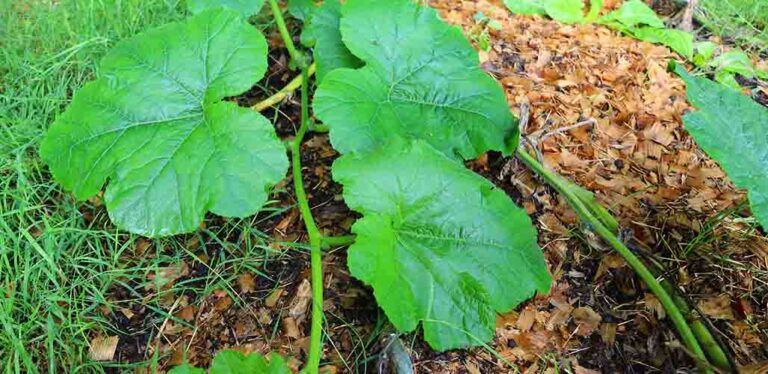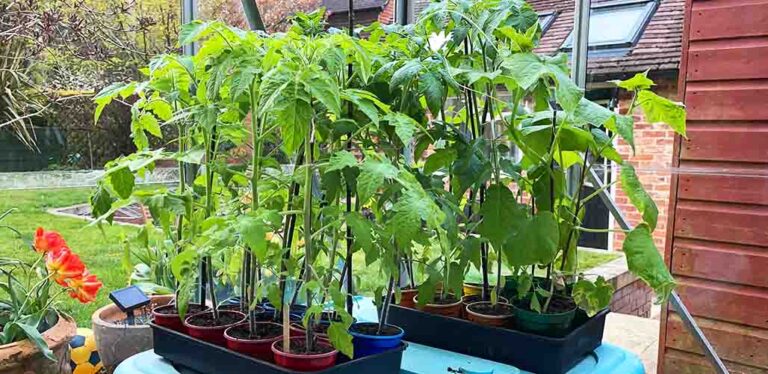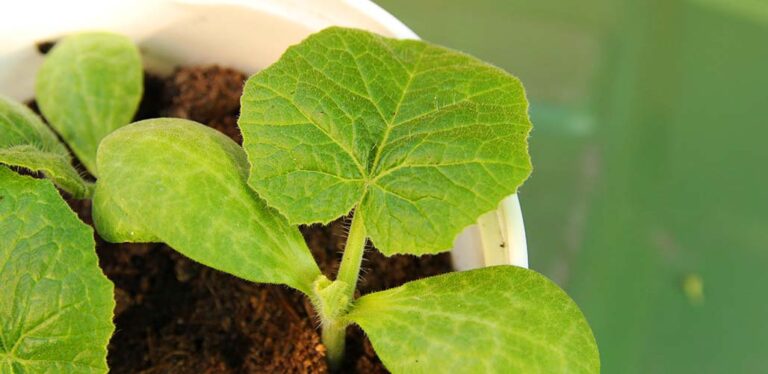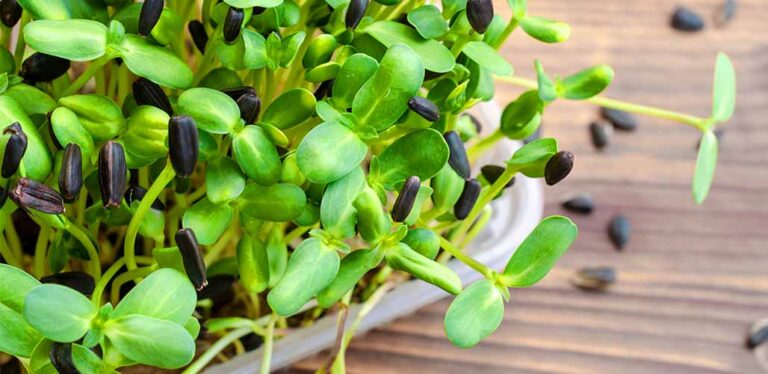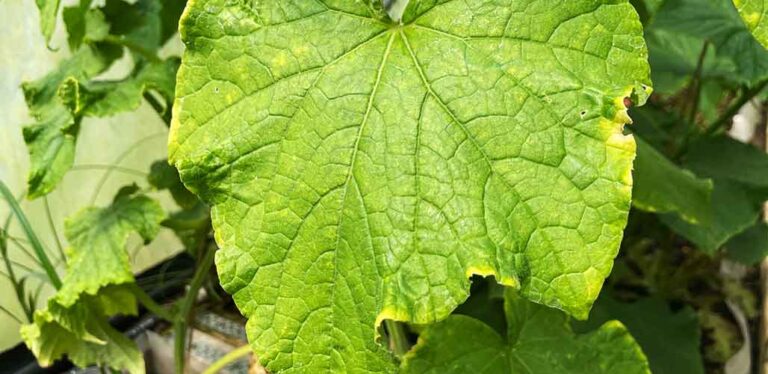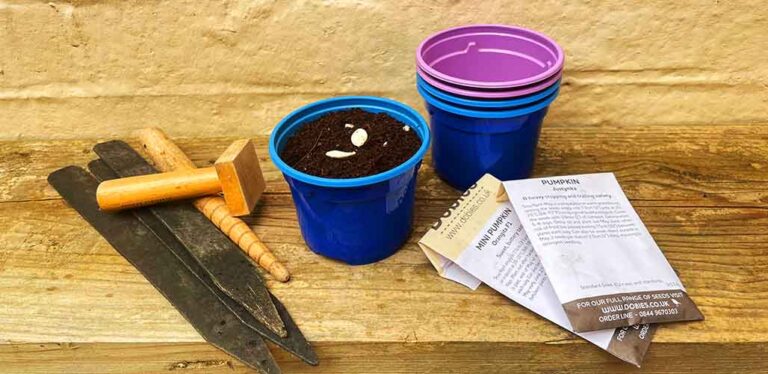Can You Grow Mushrooms In A Greenhouse?
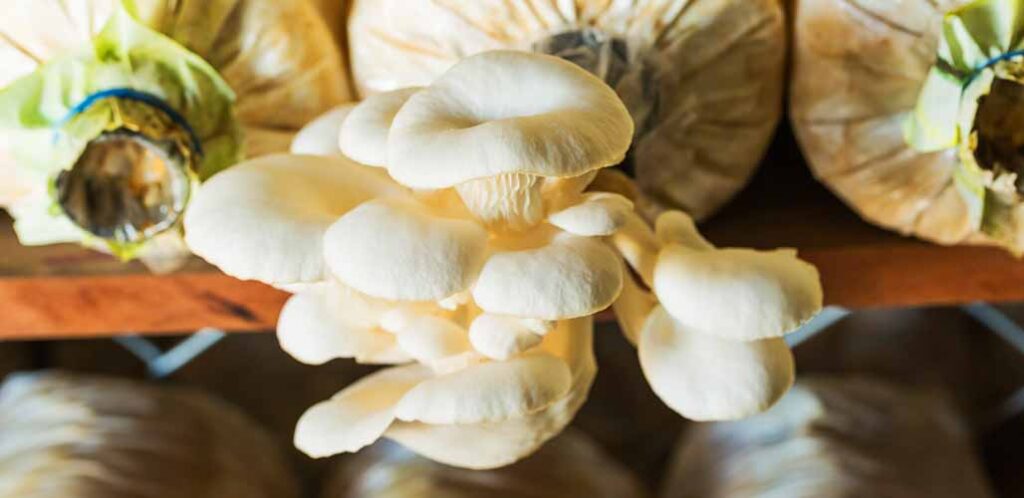
Until recently, growing mushrooms was a pretty niche past time, even among gardeners and the grow-your-own community. When I started researching growing mushrooms, one of my first questions was ‘can you grow mushrooms in a greenhouse?’ Because, well, I had a greenhouse. And it turns out that growing mushrooms under glass can be done and isn’t even all that unusual. But, it’s important to choose the right variety which can tolerate warm conditions, and think about how you’re going to adapt your greenhouse environment to meet the needs of your mushrooms at each stage of their lifecycle. This doesn’t have to be complex or intimidating though – here’s your quick guide to getting started!
Contents
- Can you grow mushrooms in a greenhouse
- Ideal conditions for growing mushrooms
- Mushroom varieties for growing in your greenhouse
- Potential problems you could encounter
- Tips for success
Can you grow mushrooms in a greenhouse?
Mushrooms aren’t just a fun and delicious crop to grow yourself – they’re one of the most fascinating too. There is something incredible and almost alien about how suddenly they appear from their grow bag or log. Growing fungi at home has become significantly more accessible over the last few years too. This is partly thanks to a proliferation of blogs and vlogs demystifying the process, and partly due to an increase in the number of retailers selling mushroom growing kits, and even mushroom bags already inoculated with mycelium, and ready to burst into fruit (or should it be fungus?).
So now that getting into mushroom growing is easier than ever, the only problem left to solve is: where are you going to fit them in? One advantage of mushrooms is that you can grow them in a relatively small space, which could include a disused corner of the greenhouse. Not all types of mushrooms will yield equally good crops in a greenhouse though, and some may fail altogether. To achieve the best odds of success, it helps to understand what conditions mushrooms need for each stage of their life cycle.
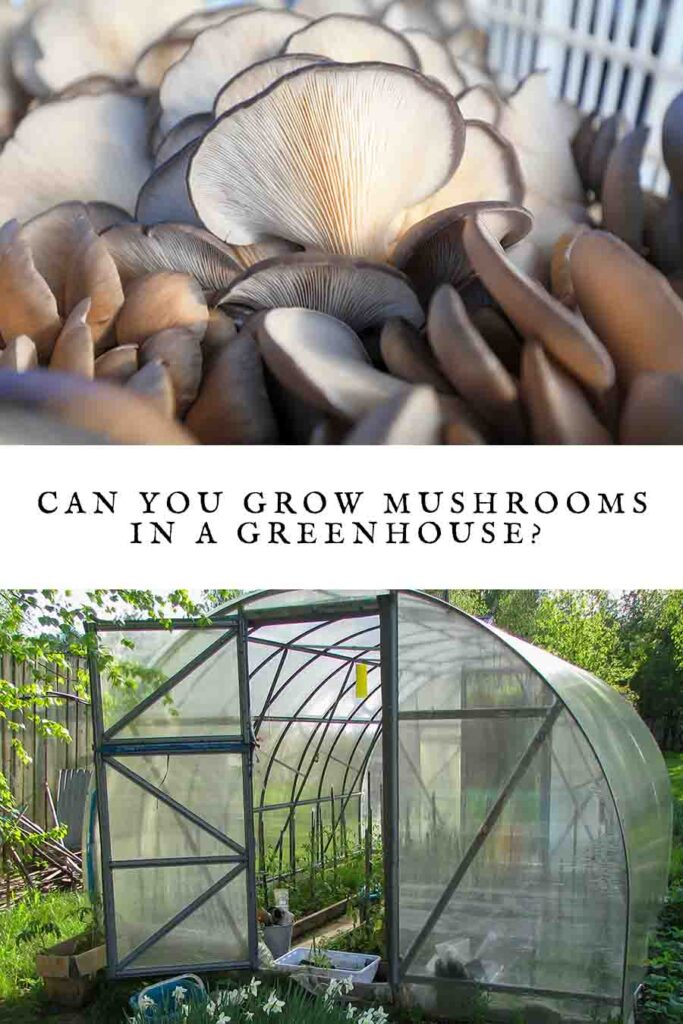
Ideal conditions for growing mushrooms
There are broadly two stages to growing mushrooms.
1. Incubating the mycelium
The first stage is adding mushroom spawn to a suitable substrate, and incubating it until the mycelium engulfs all of the substrate. If you’re new to mushroom growing, it may help to picture the mycelium as being analogous to a plant’s roots. Spawn is a small quantity of mycelium, and when you add it to, say, a bag of pasteurized grain, it will grow and spread through the bag, digesting the grain as it goes. You can prepare your own substrate and add spawn to it yourself, or buy a bag of pre-prepared, pre-innoculated substrate, and just watch the mycelium grow.
The ideal conditions for this stage are warm, dark and damp. Most mushroom mycelia need incubation temperatures of at least 64°F, and ideally over 70°F, in order to flourish. Putting your substrate in an opaque plastic bin, or wrapping it in a black trash bag, and tucking it in a corner of your greenhouse is ideal. Keep an eye on the maximum temperature your greenhouse reaches though, because in conditions over 80°F, the mycelium may start to cook, and stop growing at all.
2. Inducing pinning
Once your mycelium has digested all the available substrate, it’s time to induce pinning. ‘Induce pinning’ really just means ‘persuade your mycelium to sprout mushrooms’, because when they first appear, the tiny immature mushrooms are called either ‘pins’ or ‘primordia’.
To trigger this next stage of their life cycle, you will usually need to reduce the ambient temperature around the mycelium, expose it to fresh air, and bring it into the light. Exactly how much change in temperature and how much light mycelium needs to start pinning depends on what variety it is. Some varieties will do it under glass (especially if you time it well to coincide with temperatures dropping in fall). But others will need moving out of the greenhouse.
Mushroom varieties for growing in your greenhouse
The best mushroom varieties for growing in greenhouses are those which originate from tropical climates, and are adapted to completing their entire lifecycle in relatively warm conditions. This includes all the oyster mushroom varieties, and some other types of ‘shroom which you might not have heard of before:
- Pink oyster
- Golden oyster
- Florida oyster
- Blue oyster
- Elm oyster
- Phoenix oyster
- Reishi
- Antler reishi
- Wood ear
- Shiitake
- King stropharia (also known as garden giant)
If you’re embarking on mushroom growing for the first time, any of the oyster varieties is a pretty safe bet. Not only are they tolerant of the temperature inside greenhouses, they’re quick growing, unfussy, and vigorous (which means the mycelium can outcompete other molds or bacteria which may attempt to colonize the substrate).
Potential problems you could encounter
Whilst several mushroom species can potentially grow well under glass, there are some potential pitfalls of cultivating them this way. Firstly, mushrooms need relatively high and continuous humidity – at least 80%. But, maintaining such high humidity throughout your greenhouse can be detrimental to your other crops. Melons, for example, ripen better in 60-70% humidity. And tomato plants kept in continuous high humidity tend to abort their flowers, and produce fewer and smaller fruits.
Secondly, many mushrooms rely on a drop in temperature to induce pinning. Unless you have a large greenhouse with a natural temperature gradient in it (for example because one end is in the shade of a tree or wall), you might have difficulty achieving this. But this can usually be overcome by bringing your grow bag indoors and putting it on a cool, north facing window to trigger fruiting.
Tips for success
Here are some tips for growing mushrooms in a greenhouse, and avoiding the potential pitfalls:
- Choose a variety native to warm, tropical regions.
- During the incubation stage, remember that the internal temperature of a grow bag with mycelium growing through it will be higher than the surface temperature. This is because the process of digesting the substrate produces heat. So if your greenhouse is already on the cusp of being too warm (over 77°F) it is almost certainly already too hot inside the bag.
- During pinning, maintain a microclimate for your mushrooms using a small plastic tent like this(paid link) to conserve humidity, without raising the humidity throughout your greenhouse.
- Introduce fresh air to the tent by opening it and fanning your fungi two or more times a day.
- Use a thermometer to keep track of ambient conditions, don’t just guesstimate them.
- If your mycelium will not start pinning, move it out of the greenhouse. The drop in temperature and increase in exposure to fresh air ought to do the trick.
Can you grow mushrooms in a greenhouse – summary
Ultimately, the answer is going to depend a lot on your greenhouse, and whether you can use it to provide everything your mushroom crop needs at each stage in its life cycle. My greenhouse, which was already in our yard when we moved in, is positioned half under the canopy of a small tree, and flanked by hedges on two sides, and some panes are missing or broken. For several traditional greenhouse crops, it is actually pretty useless. But a silver lining has been using it to experiment with growing mushroom crops. If you try growing mushrooms in your greenhouse as well, I love to hear how you get on in the comments box down below! Which varieties are you keen to try?

